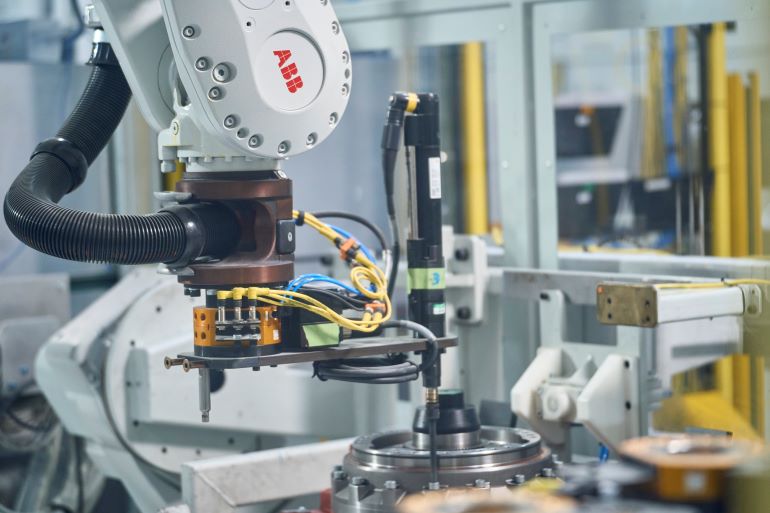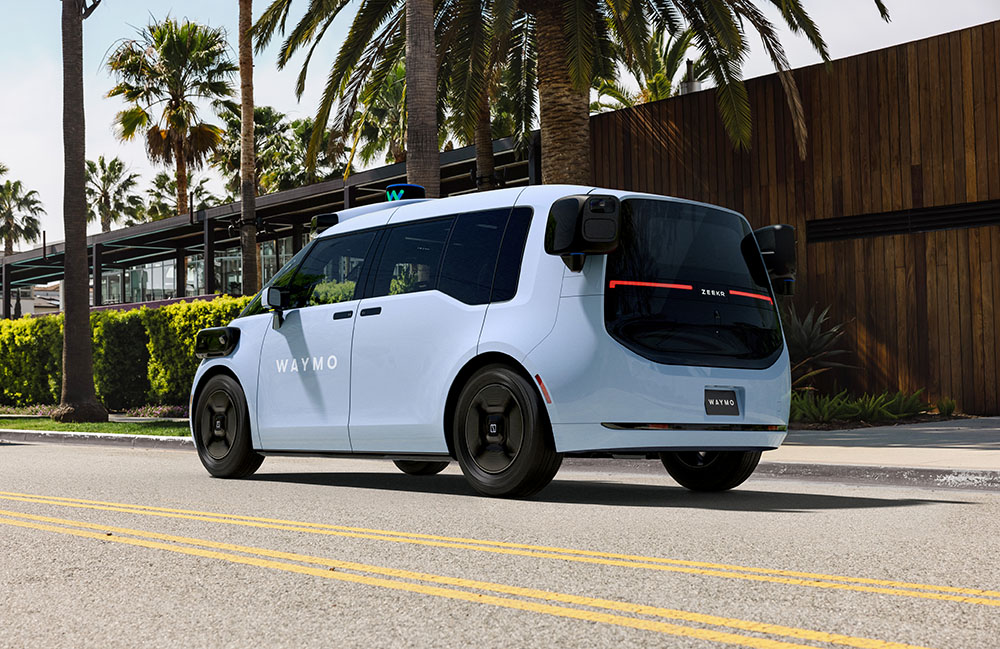By Steve Crowe | June 12, 2024

ABB robot factory in Michigan. Credit: ABB
Robot sales continue to be slow in North America, according to the Association for Advancing Automation (A3). However, the industry association continues to say there are reasons to be optimistic about a turnaround.
A3 said robot sales in North America were down 6% in the first quarter of 2024 compared to the same period in 2023. Companies purchased 8,582 robots from January through March for a total of $494 million, A3 said. In Q1 2023, North American companies ordered 9,168 units for a total of $597 million.
“North American robot orders are showing signs of improvement as we approach the mid-way point of the year,” said Alex Shikany, A3’s VP of membership & market intelligence. “It’s particularly encouraging to see that non-automotive customers are continuing to grow their adoption of robots, demonstrating the expanding reach and impact of automation across various industries.”
North American robot orders declined by 30% in 2023 after two years of record sales. North American companies purchased 31,159 robots in 2023, compared with 44,196 ordered in 2022 and 39,708 in 2021. A3 attributed the 2023 slowdown to “obvious issues” such as a slow U.S. economy, higher interest rates, and even the over-purchasing of robots in 2022 from supply chain concerns.
It should be noted A3 only collects sales data on traditional industrial robots. It doesn’t collect data about autonomous mobile robots or collaborative robotic arms.
Robot sales to non-automotive companies increase
While overall orders decreased during Q1 2024, orders from non-automotive companies grew 16% over Q1 2023, A3 said. Non-automotive customers ordered 4,096 robots in Q1 2024, which accounted for 48% of total orders. Among these customers, the greatest growth in orders between Q1 2023 and Q1 2024 was seen in:
- Food & consumer goods: 120%
- Life sciences, pharmaceutical & biomedical: 72%
- Metals: 46%
Non-automotive companies purchased 15,436 robots total in 2023. Historically, the automotive industry has been the backbone of robotics sales, but 2020 and 2021 saw huge growth in non-automotive sales.
“Industrial automation is sculpting the future of work and production across myriad industries, truly amplifying human ingenuity rather than replacing it,” said Jeff Burnstein, president of A3. “With advancements in robotics, artificial intelligence (AI) and connectivity, we’re witnessing a paradigm shift that’s reshaping industries, driving productivity and unlocking new possibilities for growth. It’s clearly not just a trend but the cornerstone of modern manufacturing.”

 6 months ago
62
6 months ago
62








 English (US) ·
English (US) ·